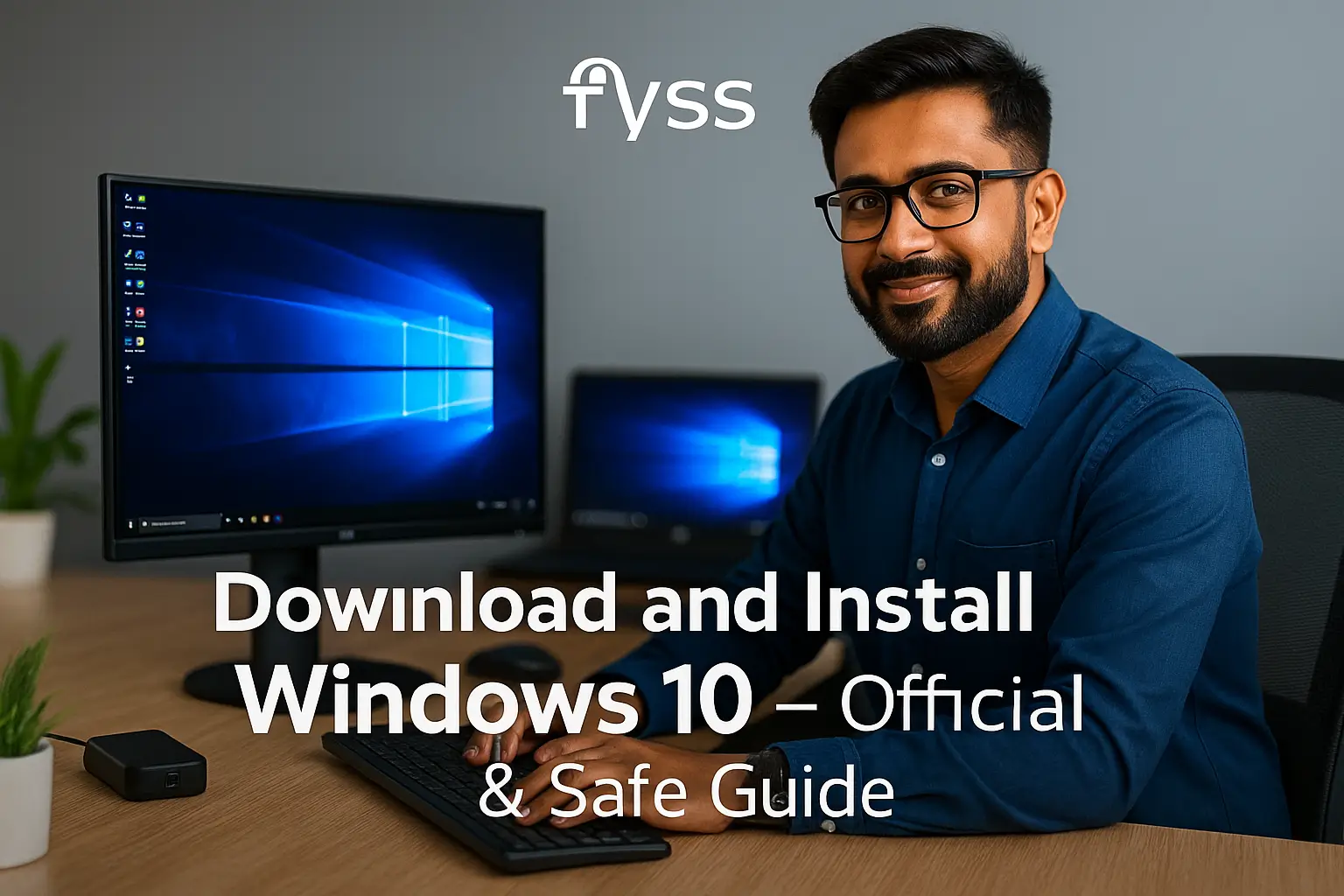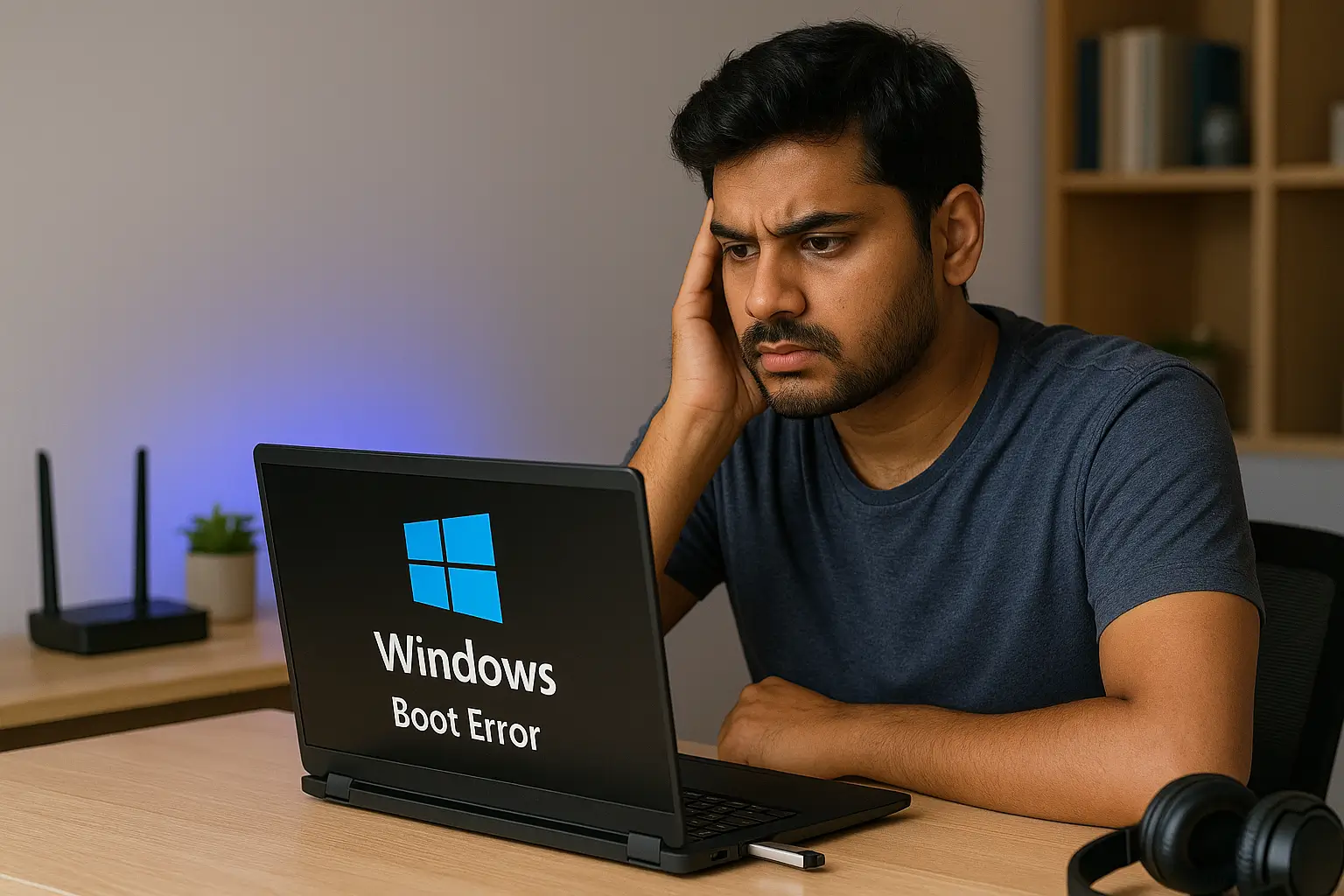Table of Contents:
5 Simple Ways to Improve System Performance on Windows
Keeping your Windows system running smoothly is crucial for productivity and minimizing frustration. Over time, your PC can slow down due to clutter, background processes, and other inefficiencies. Follow these five simple tips to improve Windows performance and enjoy a faster, more responsive system.
1. Disable Startup Programs
Many applications launch automatically when you start your PC, consuming valuable system resources.
How to Disable Startup Programs:
- Press
Ctrl + Shift + Escto open the Task Manager. - Go to the Startup tab.
- Identify unnecessary programs and click Disable.
This simple action can significantly reduce boot times and free up RAM for essential tasks.
2. Uninstall Unnecessary Software
Over time, your PC accumulates programs that you no longer use. These can slow down your system and take up storage space.
Steps to Uninstall:
- Open Control Panel > Programs and Features.
- Select programs you no longer need.
- Click Uninstall.
Additionally, consider using tools like Revo Uninstaller for a more thorough cleanup.
3. Clean Up Temporary Files
Temporary files, cache, and browser history can clutter your system, reducing its performance. Regular cleanup can help.
How to Clean Temporary Files:
- Press
Win + Rand typetemp. - Delete all files in the folder.
- Repeat the process with
%temp%andprefetch.
Alternatively, use tools like CCleaner for automated cleanup.
4. Adjust Power Settings
By default, many PCs use balanced power settings to save energy, which may throttle performance.
Optimize Power Settings:
- Open Control Panel > Power Options.
- Choose the High Performance plan.
If you’re using a laptop, ensure it’s plugged in while performing resource-heavy tasks.
5. Upgrade Your Hardware
When software optimizations are not enough, consider upgrading your hardware. Adding more RAM or switching to an SSD can drastically improve system performance.
Recommended Upgrades:
- RAM: Ideal for multitasking and handling larger files.
- SSD: Replaces slower HDDs, leading to faster boot and load times.
Final Thoughts
Improving Windows performance doesn’t always require technical expertise or expensive upgrades. By following these simple steps, you can ensure your system runs efficiently, saving time and boosting productivity. Implement these tips today to give your PC the performance boost it deserves!
“Have these tips worked for you? Share your experience in the comments below! For more helpful tutorials, subscribe to our newsletter at fyss.in.”




